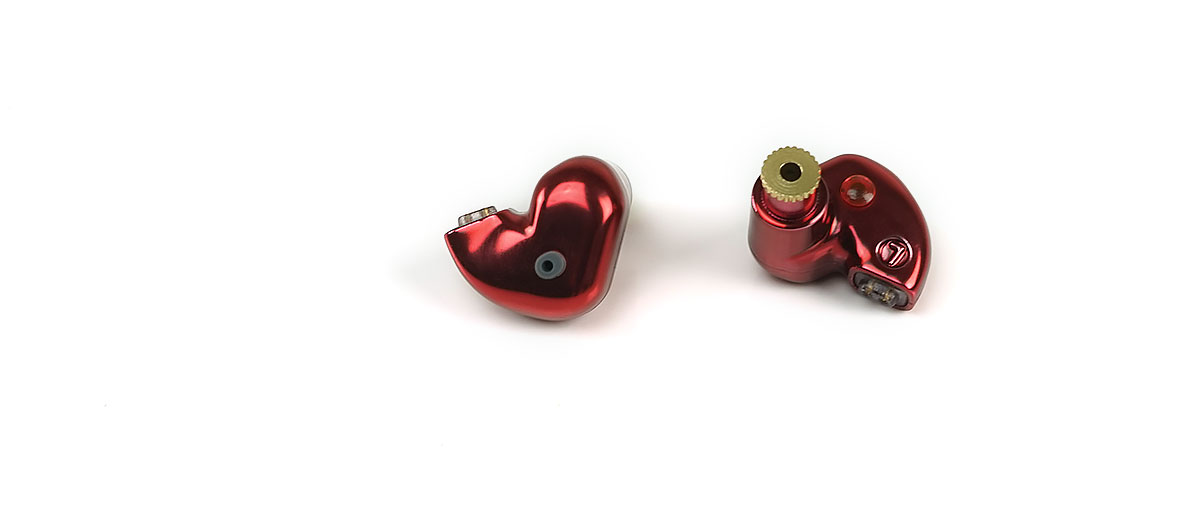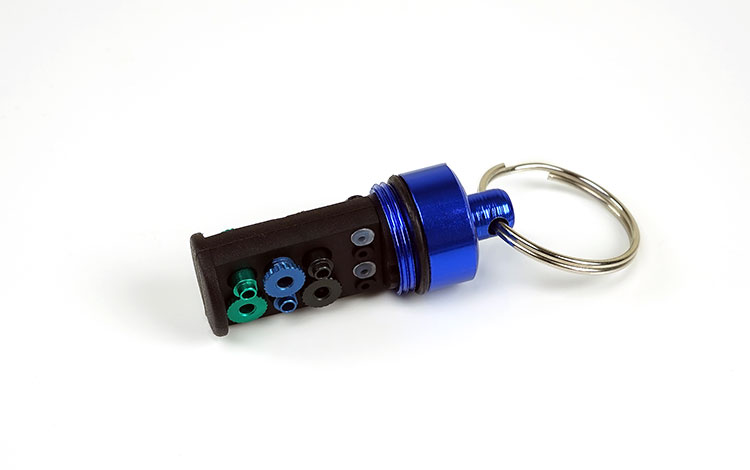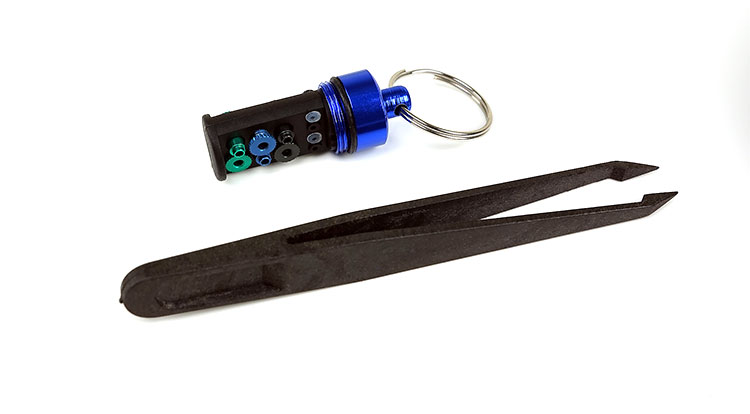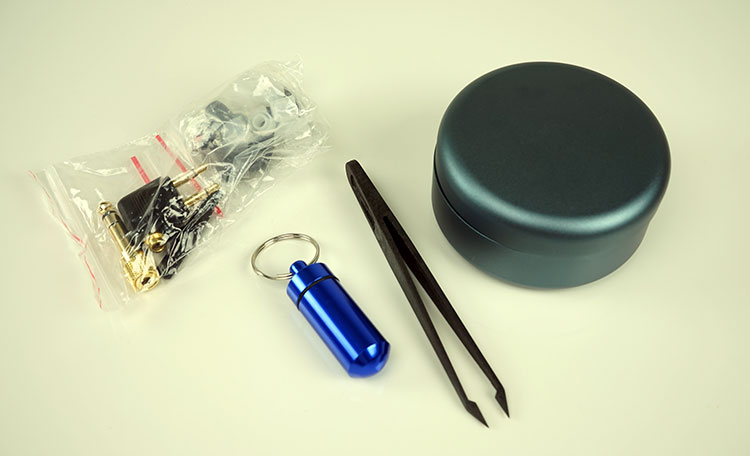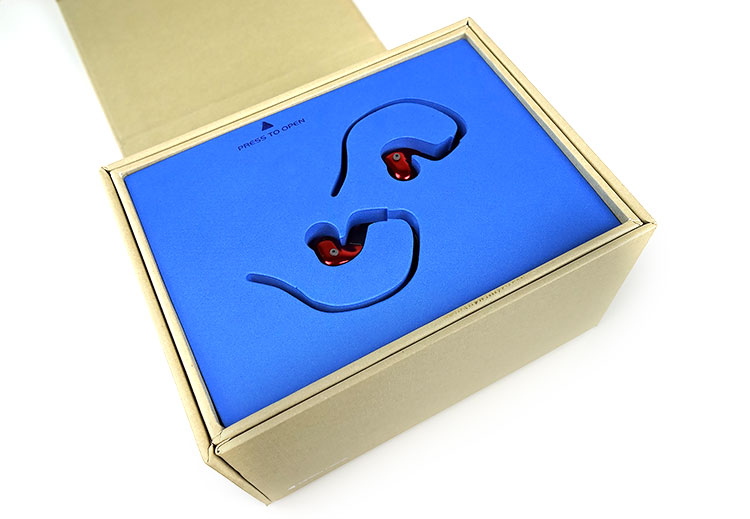The FLC Technology FLC 8S is a unique hybrid driver universal IEM with a complex filter system for different sound signatures. It is priced at $299.
Disclaimer: The FLC Technology FLC 8S sent to us is a sample in exchange for our honest opinion in this review. We thank the team at Musicteck for giving us this opportunity.
To read more about Campfire Audio products we reviewed on Headfonics click here.
Note, this review follows our new scoring guidelines for 2020 which you can read up on here.
FLC Technology is a Dongguan based audio firm managed by CEO Forrest Wei. Ironically this is my first post-Guangdong trip review and if I had of know the team was that close I might have sneaked in a quick visit.
However, China is a big country and I plan on a few more visits so maybe next time.
What you do need to know is that Forrest has many years of experience in the audio industry including stints with U.E. and Harmon that have stood him in good stead for FLC which starts around 3-4 years ago.
Those of you who have seen his YouTube videos will know the guy goes to some incredible lengths to explain his products.
Now the FLC8 line, including the current FLC8s, has been out for a while so some of this is not new to avid fans of the FLC brand.
However, when asked to review I felt I couldn’t refuse to see what the buzz was all about.
What Is The Pitch?
The FLC 8s is a hybrid single dynamic driver, dual BA universal IEM that comes with a big twist.
For $299 the FLC 8s offers no less than 36 potential variations in filtered sound tuning for the listener. That is the stuff of reviewing nightmares and possibly an abundance of value to the listener.
The ability to change tuning is done through an elaborate system of filters that are little physical devices that can be changed by the user to tweak the tonality of the FLC 8s to whatever desired presentation. 36 is huge, much bigger than Trinity Audio’s master range or anything I have seen to date.
How Does It Work?
In total there are 10 different filters in groups of 3, 3, and 4. Each group specifically targets a specific range in the frequency response. The targeted ranges include sub-bass, bass, and midrange/treble.
The mid-range and treble range is the group of 4 filters and the other two have 3 filters each. The groups are independent of each other, so you can pick one of each to come up with your own custom tuning. Hence 3 x 3 x 4 = 36 possible combinations.
Sub-Bass & Bass Filtering
In summary, sub-bass (APRV) filters affect the 20Hz to the 80Hz region by either elevating or flattening the curve in variable degrees. The Bass group of filters (ECS) targets the mid-bass 80Hz to 300Hz range.
Mids & Treble Filtering
The mid-range/treble group of 4 filters target both the 300Hz to 3k range responsible for vocals and instrumental accuracy as well as the treble range of 3k and above for sparkle and air.
The bass and sub-bass filters focus mainly on the dynamic driver response and the mid-range and treble filters are positioned in a different socket filtering the balanced armatures.
Build
Form Factor
For a hybrid IEM, the FLC 8S form factor is surprisingly small and decidedly unusual in shape. From the top down it looks sort of like a comic sans “l” font and from the bottom up like a plumbing joint with a long stem from the main body leading to a short nozzle.
In fact, the stem really is part of the nozzle in many ways with the additional length required to fit the filters. The net effect is that the form factor is really quite shallow at the body end and quite long at the nozzle.
All around the body, you will see the filtering technology inserted. On the top half of the shell, you will see the small plastic tubing filters for the Bass filters or shortened to LF (Low frequency). On the bottom half, you will see the slightly shorter but wider ULF filters (Ultra-low frequency) that tune the sub-bass right beside the stem. At the very top of the nozzle, you will see the inserted twisting MF/HF filters.
Each filter has a different color so the final look will depend on what filters you have inserted into the FLC 8s.
Materials
The FLC 8s comes in two colors, red or blue. The red stood out to me a bit more but the blue might be more suitable for those who want things to be a bit more discreet. I liked the red simply because I can see the filters a little bit easier when tasking them in or out and they come up better under the camera lighting.
The body itself is made out of stiffened molded plastics in a two-piece shell. It might not be quite as durable as some aluminum competitors but it is well finished and very light indeed for comfortable wearing.
Left and right driver markings are on the inside and clearly marked. Matching the cable with the right driver side is dead easy. You simply line up the L and R on both body and cable and you are good to go.
Filters
You receive the following filters (in numbers):
- Low-frequency tuning plug: 9pcs (3 groups)
- Ultra-low frequency tuning plug: 9pcs (3 groups)
- Tuning Bore: 8pcs (4 groups)
To hold them you get a little blue metal tube with a holder that you can unscrew and take out as and when you need to change filters. I have seen these type of tube designs before from Shure and Trinity Audio but this is the biggest and most complex holder to date. Not surprising when you have so many filters to take with you.
Not all the filters can be housed in the tube. A max of 20 can be housed meaning 3 filters are already in the FLC 8s and another 4 “spares” are supplied in a plastic bag. I think that one is a miss. If you design 27 filters then the holder should have at the full 24 with the remaining 3 in the IEM.
All the filters have different color finishes within their groups to assist you in quickly determining which one to use and what effect it might have. They are as follows:
| Filter | Colour | Effect |
| ULF | Red sealed plug | High sub-bass |
| ULF | Grey filtered plug | Medium sub-bass |
| ULF | Clear open plug | Low Sub-bass |
| LF | Without a filter | High mid-bass |
| LF | Black open plug | Medium to high mid-bass |
| LF | Grey thin filter plug | Medium to low mid-bass |
| LF | Clear thick filter plug | Low mid-bass |
| MF/HF | Gold thin filter bore | High Mids and medium treble |
| MF/HF | Green no filter bore | Medium Mids and high treble |
| MF/HF | Gunmetal Thin filter bore | Medium Mids and medium treble |
| MF/HF | Blue thick filter bore | Medium Mids and low treble |
How To Change Them?
This is where it gets a bit tricky. To be fair the MF/HF screw plugs for the nozzle are quite straightforward. These are threaded filters so you simply grip with your fingers, unscrew take out and replace with the new one. They are color coded so you will not mix them up.
The bass and sub-bass filters though are tiny and you will lose them if you are not careful so be warned. FLC do recognize the delicacy of change these filters and have included a couple of things to help. This includes one set of pliable black plastic tweezers for deft handling of the filters and a brief guide on how to change them in the manual.
Generally speaking, my advice is to get a clean, flat and bright surface with good lighting when changing so you do not lose them in the process.
Cables & Connectors
Socket
The sockets are 2-pin 0.75mm connectors designed to be worn over the ear. Note these are UE connectors from the older TF-10 classic IEM so please do not try to stuff 2-pin 0.78mm aftermarket cables inside as they will damage the unit. Even alternative 0.75mm connectors may not work either due to pin configurations so it is best advised to stay with stock, get a UE aftermarket cable or go with FLC’s own upgraded cable.
Cable Type
Now there has been a lot of discussion on the cable since the launch of the of the original FLC8 with the resulting outcome that the current cable is more of a V2. You can also upgrade to a 6N Single Crystal Silver 4-Core woven cable for around $100 in either balanced or unbalanced format.
From the looks of the cable supplied in the box, this could well be the upgraded cable because it lacks that stiff memory hook of the original cable. It also has the pliancy and weight of a 4-core, or at least similar 4-core cables. However, after a discussion with FLC, the stock uses 7n crystal copper cable as opposed to the single crystal silver of the upgraded cable.
Dimensions
The supplied cable is 1.2m in length with 0.75mm UE type pin design and terminated on the other end with a right-angled gold-plated 3.5mm stereo jack. The woven cable splits at the rubber y-split tube into 2 strands and you do get a fairly simple but effective adjustable chin strap.
There are no memory hooks or wire on this cable making it fairly lightweight. The cable is easy enough to work with and will naturally curve around your ear and reduce some microphonics. It does have a touch of memory retention but it is not the worst I have seen and microphonics on the cable are palatable but not overbearing.
 Comfort & Fit
Comfort & Fit
The FLC 8s is an excellent universal fit. Despite its rather unusual shape the lightweight form factor and good nozzle length are very comfortable and excellent for sealing. Even with a ported design, the silicone tips did an above average job with sealing. This is no BA level of a seal, it is not absolute but I have heard a lot worse than this.
Tips
The supplied tips are all silicone and come in a standard small medium and large format with a darker gray set and a clear silicone counterpart. There are in fact 8 pairs so the additional 2 are called ultra-small for tiny ear canals.
I can detect no material difference between the gray and clear tips though they do all come with fairly wide bores so they should sound relatively open and airy on the FLC 8s. You can, of course, opt for your own tips, perhaps a foam variety for increased seal would do the trick but it will take a little bit of top end off in return.
Accessories & Packaging
The FLC 8S comes in a small but deep slide out tray retail box with the FLC Tech branding in a camel tone color. I personally find this a little bit too subtle and would love to see more pictorial content on the box outlining what it can do and more prominent display of the filters and specs. I think the unique selling point of the FLC 8s gets a little lost in the blandness of the box.
That being said the box is well made and I do like the articulation of the trays so keep that aspect by all means. Inside, you get a small silver threaded pill case for carrying around the FLC 8s and it can also hold the filter tube with space to spare.
You won’t get everything though inside the case to take with you so consider maybe a Peli Case 1010 if you want to bring the entire accessory kit which includes:
- 1 x quarter jack (gold plated)
- 8 sets of silicone tips (US, S, M, L)
- 1 x gold plated airline adapter
- A blue Filter carrying tube
- 1 x pair of tweezers
Click on Page 2 below for Sound Impressions & Comparisons




